Editor’s Note: It is believed that many electric car owners like the quiet and efficient nature of electric cars, but when winter comes, they can’t help but want to bring a portable power source for their electric cars. If you happen to have a fuel-powered car and you want your electric car to hibernate in the winter, especially if you live in the far north, you are more likely to feel the decrease in electric car range in winter. Recurrent, a foreign media company, recently conducted a test to see how the best-selling electric cars in North America survive in winter. They tested 14 mainstream electric cars and calculated the percentage of battery range decrease in winter. However, the purpose is not to see which car is affected the most or the least, but to show everyone how much impact the winter has on electric cars.

Do electric cars have reduced range in low temperatures? The answer is yes, and some electric cars may lose up to 35% of their range in freezing conditions.
All electric cars inevitably experience some degree of range loss in cold weather conditions. For electric car owners living in the cold winter climate (such as in the northern United States), they must adjust their daily driving and charging habits during these months.
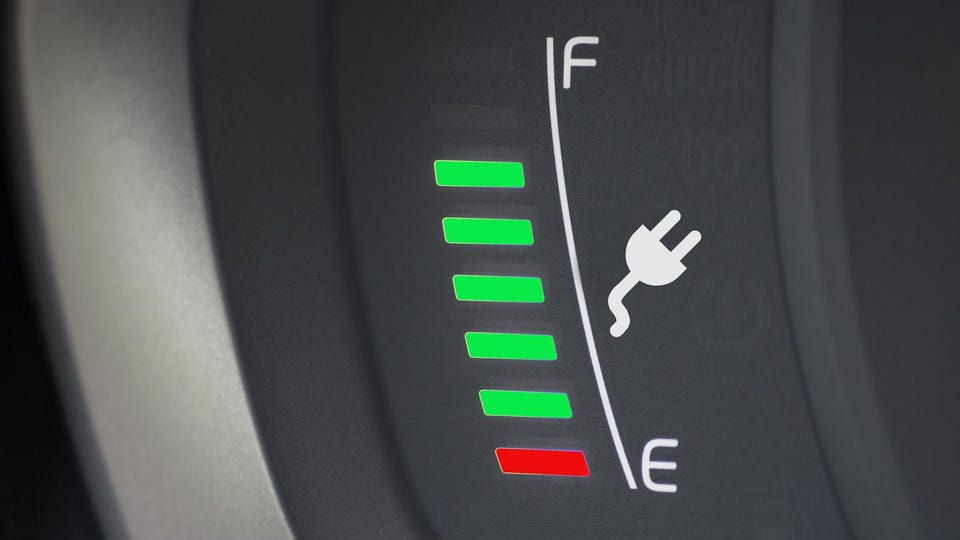
Of course, this is bad news. However, the good news is that this type of loss is temporary and will not cause long-term damage to the electric car battery. As the weather warms up, the expected range after the car is fully charged will gradually return to normal.
Why does low temperature impact electric car range?
There are two main factors that cause winter range reduction in electric cars: chemical principles and mechanical structure. The chemical and physical reactions in the battery lose their vitality at low temperatures, and the electrolyte becomes viscous. At this time, the lithium ions responsible for discharging are difficult to pass through, and the discharge effect will be greatly reduced, and at the same time, the activity of the lithium ions will also decrease, which can be understood as “lazy”. This will cause the power of the electric car to decrease.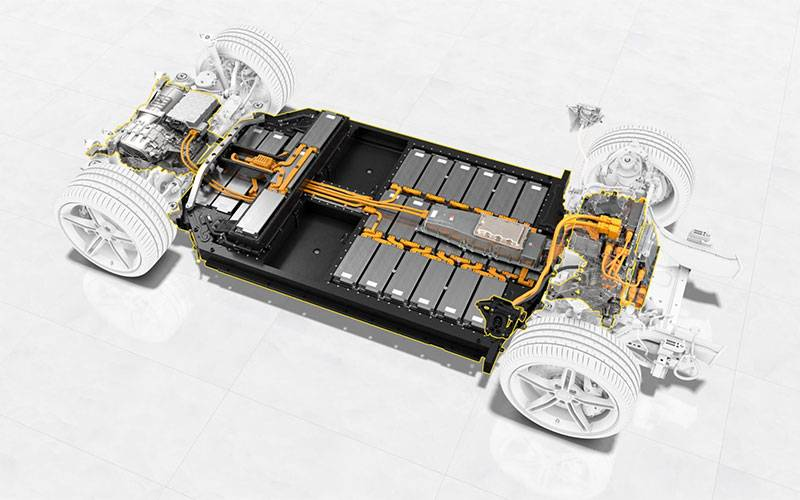
Compared to traditional fuel-powered cars, electric cars need to generate heat by themselves if they want to heat up. Although internal combustion engines are much less efficient than electric motors, the non-energy used to propel the vehicle forward generated by the internal combustion gas becomes “waste heat”, which can also be understood as the ability of loss. These energies can be used as warm air in winter. The electric motor of an electric car is very efficient, but it does not generate so much heat, which means that in winter, the warm air blown by an electric car comes from the battery itself, and the heating of the car’s air conditioner needs to draw energy from the battery, which to some extent reduces the battery life.
To test the problem of reduced winter mileage for electric cars more realistically, Recurrent compared the winter mileage data of 14 electric cars. These include the Ford Mustang Mach-E, Nissan Leaf, all Tesla models, and Volkswagen ID.4. Recurrent stated that these validated winter mileage distances reflect the average mileage data of various drivers under various use cases.
Electric cars cope with winter in a completely different way
The chart below shows the 14 most popular electric cars in the North American market. It summarizes the data from 7,000 cars from the Recurrent community across the United States, including anonymized data, as well as tens of thousands of data points from onboard equipment that provides energy usage data, and shows the range loss in different driving conditions.
Recurrent states that validated winter mileage data includes all real-world variables, such as some uneven terrain, constantly changing travel speeds, and battery aging. However, to some extent, it still reflects the average mileage of users driving electric cars in winter.
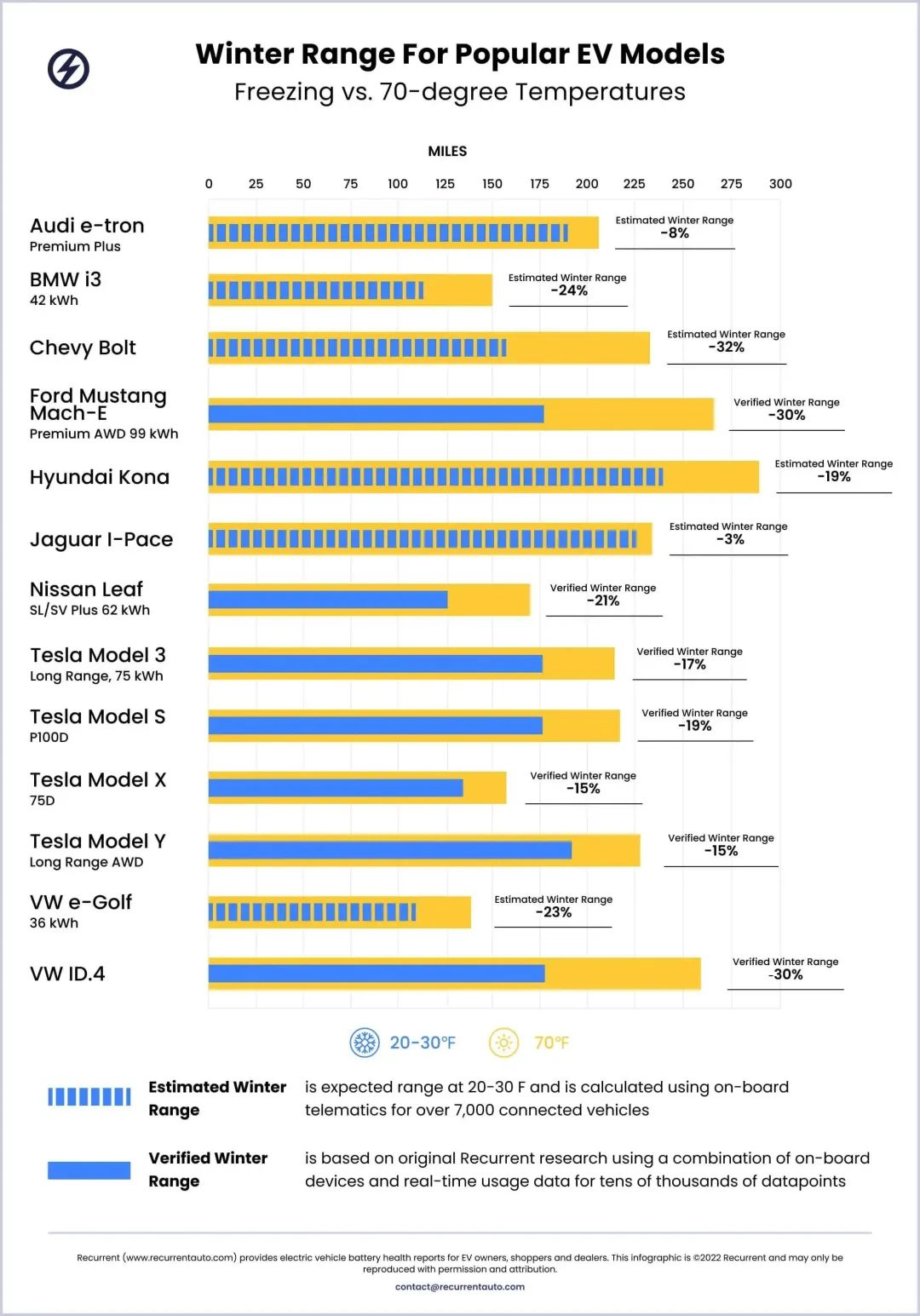 ## Audi e-tron
## Audi e-tron
As Audi’s first electric vehicle, the e-tron comes equipped with the high mechanical quality and performance that Audi users expect. Despite its many comfortable and luxurious features, however, its battery range is relatively average compared to its body size. Since its release in 2019, everyone has been aware of the impact of cold weather on electric vehicles, and the e-tron is no exception. However, Audi has taken additional measures to maintain battery range in cold conditions.

The e-tron is equipped with a heat pump, which can increase the temperature inside the car without depleting battery power, and can recover up to 3KW of waste heat from the motor. Heated seats with energy-saving functions are also standard equipment, and in extreme temperatures, the remote information processing system will inform the driver of the vehicle’s performance so that the battery is used rationally.

Prior to 2021, the e-tron came with an optional cold weather package, including adaptive windshield wipers, heated washer nozzles, heated rear seats, and a pre-conditioning heater for the battery. Starting in 2021, these winter packages have been discontinued, but heated seats, four-zone air conditioning, and a heated steering wheel are now standard equipment. Pre-conditioning is also standard, but owners say that to heat the battery with a wall outlet instead of the battery, you must use the MyAudi app instead of directly setting it in the car.
BMW i3

The BMW i3 may not sound like a car that can freely navigate in the dead of winter because it’s actually a small rear-wheel drive hatchback with a small battery.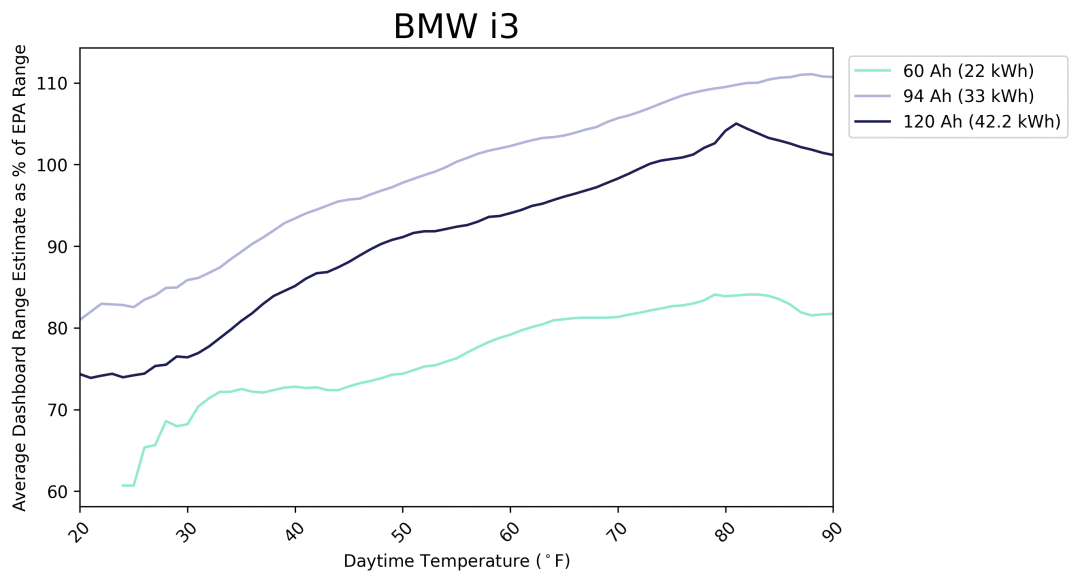
According to the results in the table, it is obvious that this i3 has significant range loss in cold temperatures. However, in the US market, many i3 models are equipped with a heat pump and some even have range extenders, both of which help maintain range in cold temperatures.
Chevrolet Bolt
The Chevrolet Bolt is one of the most popular models in the North American market, with a battery capacity that is not too large but sufficient for range. In addition, the Bolt is relatively economical and lacks many flashy features, which is why it is quite popular in the Recurrent community.

According to a survey conducted by Recurrent, Bolt owners reported that the range of the car is very sensitive to external temperatures, with some reduction even in moderate temperatures. However, with a rated range of 250 miles (about 400 kilometers), even if the actual range is reduced, there is no serious problem for most daily driving situations. One Bolt owner from Alaska in the Recurrent community said that the Bolt might lose half of its range at -40 degrees Fahrenheit, but this is an extreme and rare case.
The figure below summarizes data from more than 1,200 Chevrolet Bolts, estimating range as a function of daytime temperature. As you can see, while the estimated range does decrease slightly as the temperature increases, the decrease is limited and the sensitivity to low temperatures is much higher.

The Bolt manual recommends that owners plug in the car in extremely cold or hot temperatures (although doing so will reduce the maximum battery charge) so that the thermal management system does not drain the battery. In relatively less extreme winters, the Bolt’s thermal management system does not start when the car is turned off, allowing the battery to cool to around 30 degrees Celsius, and only heats up when the car is started.## Chevrolet Volt
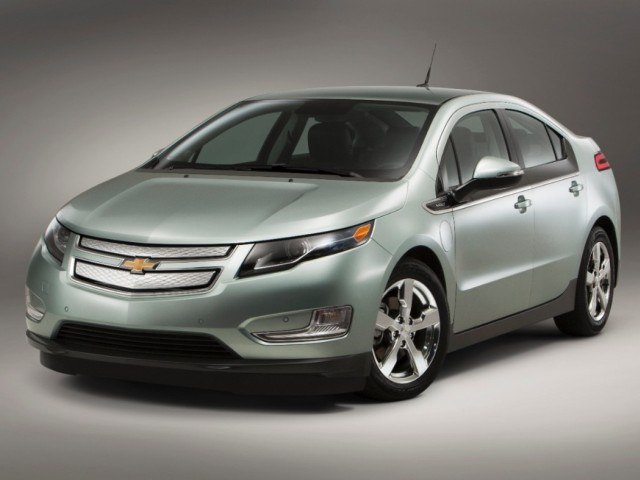
Chevrolet Volt is another popular car model in North America. Although it was discontinued in 2019, it is still one of the top five most popular used electric cars. At the launch of the Volt, General Motors stated that the design of the entire vehicle took into account winter weather conditions, ensuring that the system can operate without fuel even in cold weather. The benefit of driving a plug-in hybrid electric vehicle in cold weather is that the engine can circulate between electric and combustion, because the internal combustion engine can produce “waste heat” that can be used to heat the battery and the cabin.
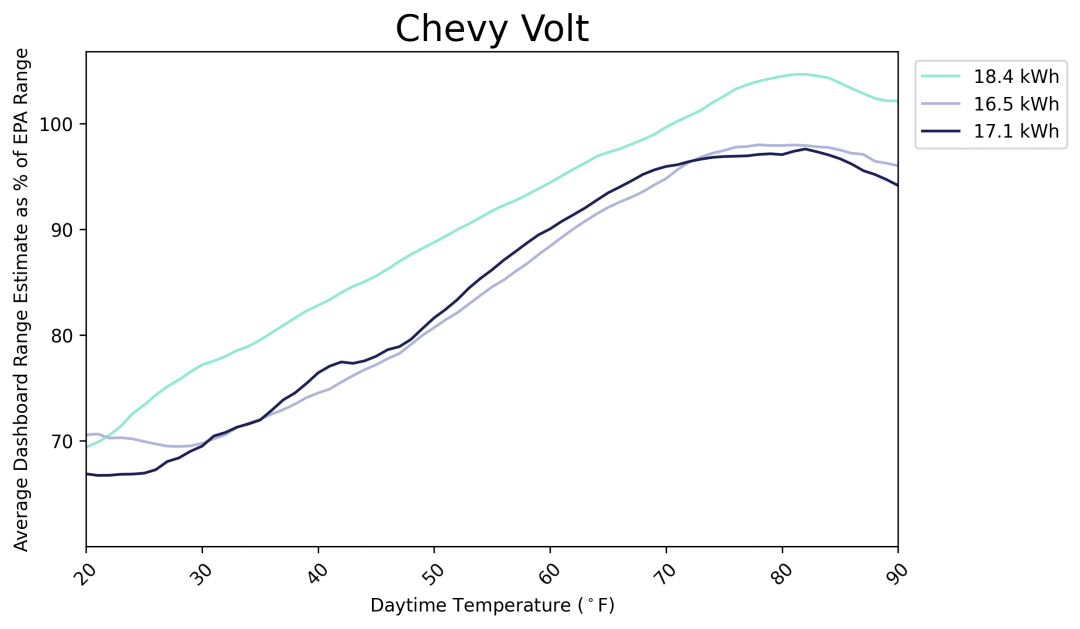
The Volt was one of the early car models to support remote control in the North American market. It allows owners to remotely activate the heating function through a mobile app. It also supports the remote heating function of the vehicle during charging, which allows heating energy to be obtained from the power grid instead of the vehicle battery. Since heating the interior of a car requires more energy than maintaining a constant temperature, this undoubtedly helps the Volt maintain its driving range in cold weather. The Volt is also equipped with heated seats, which is a good low-power option to keep the driver and front passengers warm.
Finally, the Volt uses the internal combustion engine to collect heat when it is cold enough. As General Motors explained, “at temperatures below freezing, the engine will start and stop periodically to heat the coolant to generate a heat energy storage unit, and then use it to heat the air inside the cabin. Compared with obtaining energy from the battery, using engine heat in this way can defrost the windows and heat the rear seats faster.”
Ford Mustang Mach-E
The Mustang Mach-E was released in 2021, mainly due to its Mustang logo. However, its performance in winter is not very good, even though it has features such as remote start and interior air heating.The “Electric Horse” offered by Ford does not come equipped with a heat pump. All heating is done through electric heating, which significantly affects the already reduced winter range because energy must be drawn from the battery to generate heat.
The dotted line in the figure below represents the real range of 35,000 data points, while the solid line represents the displayed range on the dashboard and through remote control. Ford’s displayed range is very close to the actual range under many temperatures.
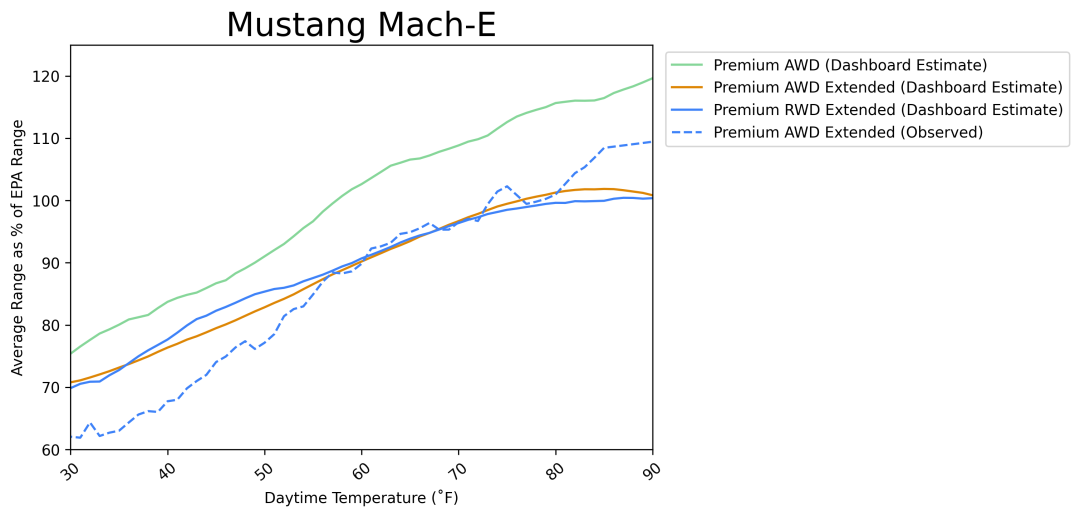
In terms of handling, many owners say that the “Electric Horse” handles well on ice and snow, but it is recommended that users in extremely cold areas choose the four-wheel drive version for safety.
Hyundai Kona
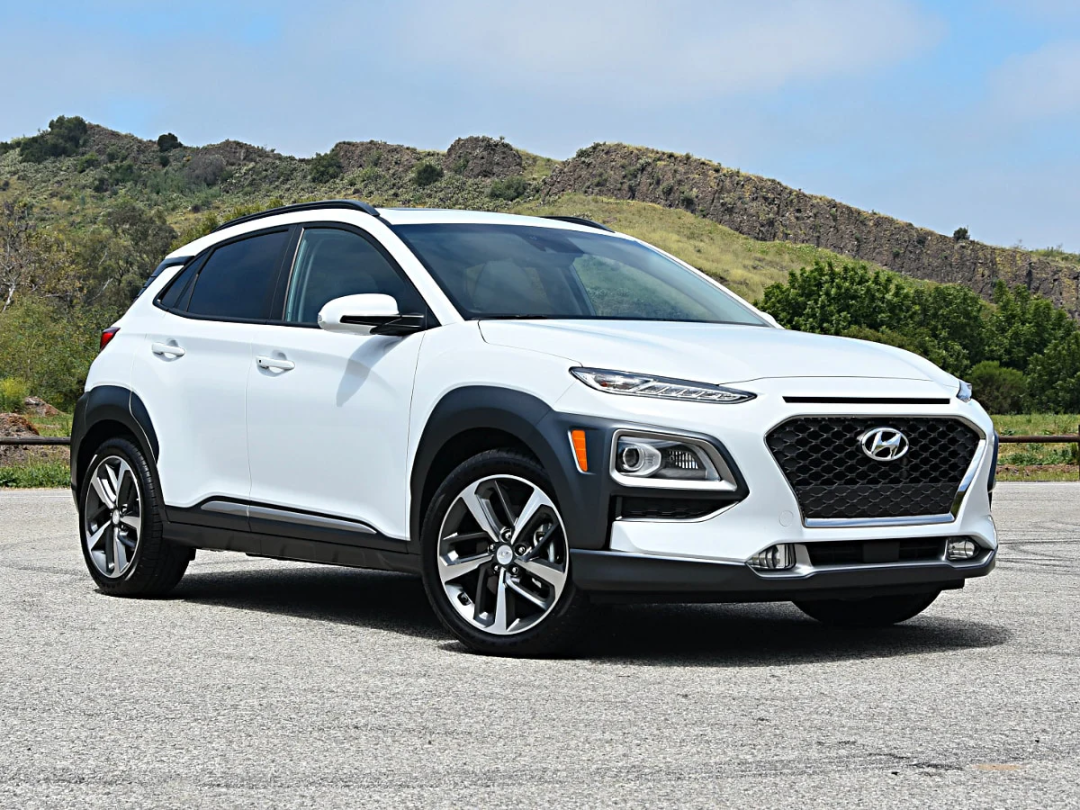
Hyundai Kona is also a well-known small SUV in the North American market. In addition to the electric version, it also has a gasoline version. It is not a very common vehicle in the Recurrent community, with about 100 active users. Overall, the Kona EV performs well in winter-the range does not decrease significantly, even if there is some loss, it is within an acceptable range, and the front-wheel drive motor can easily drive on ice and snow.
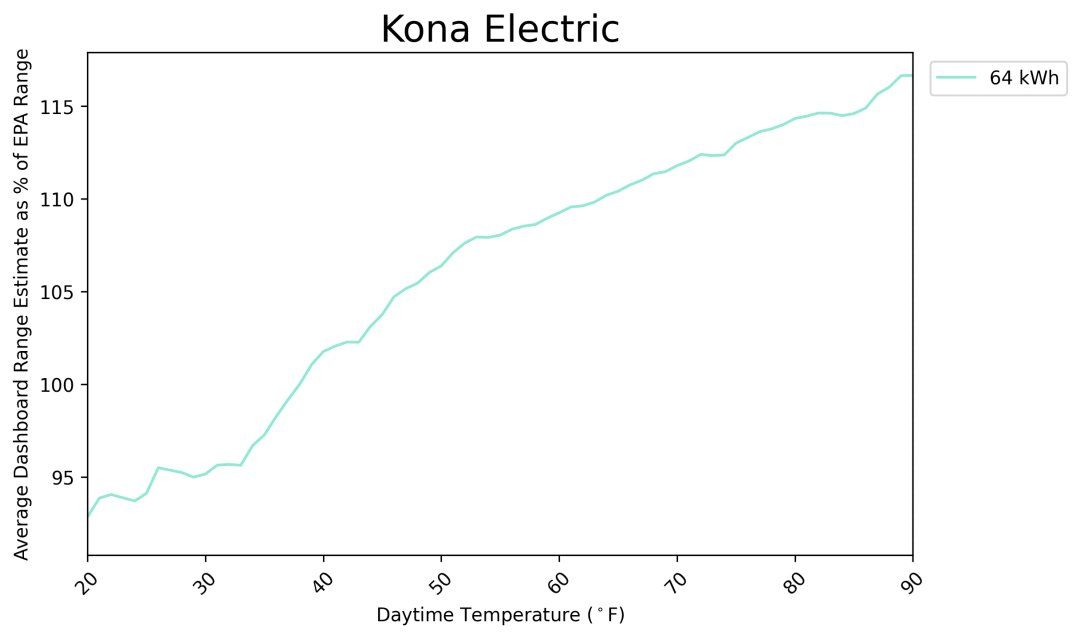
The Canadian and European versions of Kona are also equipped with a heat pump, but it won’t be available in the U.S. version until 2023. From the current model year, the SEL and Limited models equipped with the heat pump are also available to see what impact this change will have on winter range. In 2020, an optional battery heater was offered in some U.S. markets to help with charging in the cold and a “comfort and convenience” package to help reduce winter range loss. It seems to be included in the interior of the 2023 model year SEL and Limited. However, as far as we know, the battery heater only works when the car is started, so simply plugging it in is not enough to precondition the battery.## Jaguar I-PACE
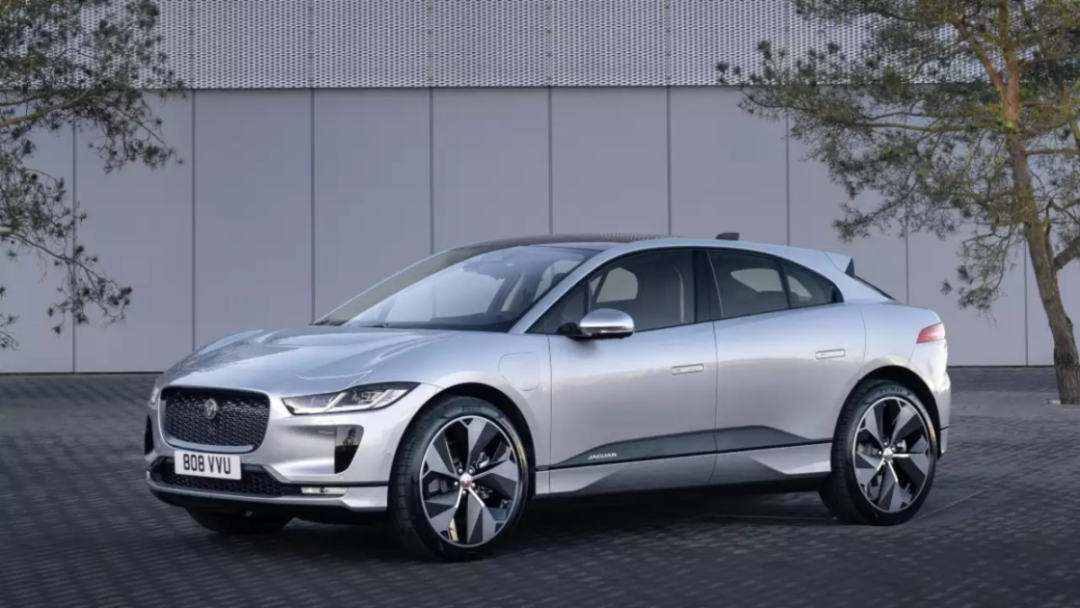
Jaguar I-PACE is one of the few luxury cars on this list, and it is known for its unique style and design, as well as for having a large but very inefficient battery. Why the I-PACE battery can only run for a few miles per kilowatt-hour has been a topic of debate.

Although there is a clear curvature in the chart, the I-PACE only loses about 10 miles of range in cold weather, losing only about 5% of the total range when the temperature is close to freezing. This is because the I-PACE uses a heat pump to control the temperature of the cabin, rather than the high-voltage battery.
The I-PACE also has an advanced thermal management system that extracts waste heat from the motor to heat the battery or cabin when needed, helping to maintain the range.
Nissan LEAF

Nissan’s Lie Feng can also be considered one of the earliest electric vehicles, and it is also affordable. Unfortunately, it is also notorious for its poor performance in extremely hot and cold environments, which may be due to Nissan’s choice of a passive battery thermal management system.
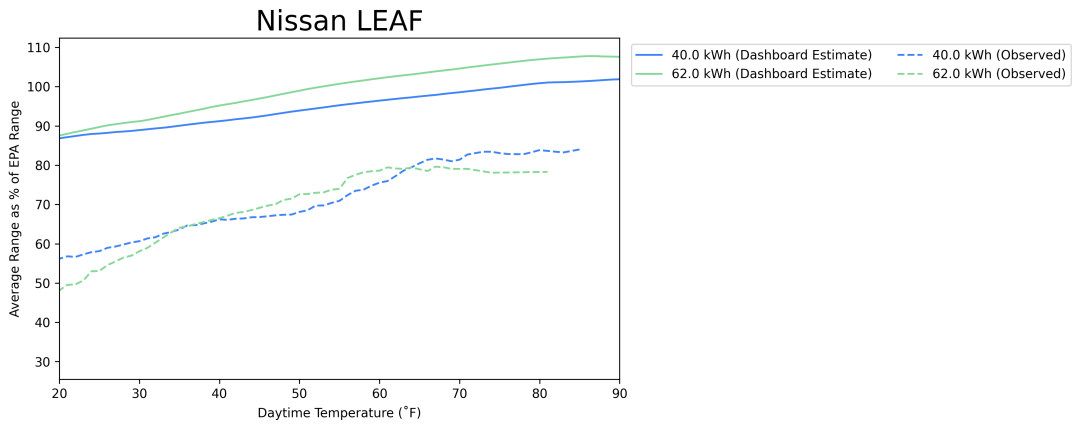
Here are some tips Nissan gave to owners about driving in cold weather:
-
Regenerative braking is restricted because the battery cannot charge quickly.
-
The colder it is outside, the less energy can be stored in the Nissan LEAF battery.- Nissan does not recommend storing lithium-ion batteries below -13F for more than 7 days. This may cause the batteries to freeze. However, the 2018 LEAF manual recommends not letting it drop below -1F.
-
Battery heater (if equipped) turns on when battery temperature is -1F and turns off once it reaches 14F.
-
If the LEAF is equipped with a battery heater, it will not operate when the battery charge is below 15% and the charging cable is disconnected from the vehicle.
The Tesla Model 3
Tesla is known for two things in winter scenarios: one is having a very active thermal management system, which can turn on in both hot and cold temperatures and strictly control the estimated range seen by the driver. As shown in the Model 3 dashboard data below, available range under different hot and cold conditions has barely changed.
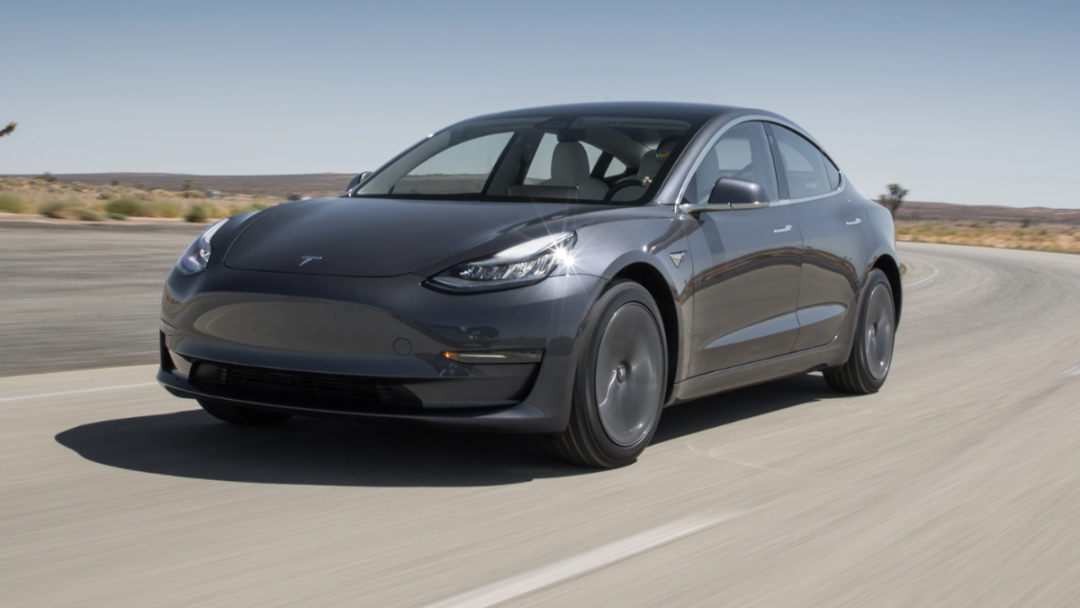
You could say Tesla’s approach provides “consistent” experience to owners, but in reality, range still will be reduced in cold winter conditions.
Recurrent observed true range changes in Tesla’s tests. The dotted line below shows the range seen from the onboard monitoring equipment and energy usage. It shows that cold weather sees greater range reductions, despite Tesla’s thermal management still doing a good job to mitigate the impact of the cold on the range.

Tesla also limits regenerative braking in winter to protect the battery from damaging charging in extreme cold. Once the car has been preheated, regenerative braking resumes. Similarly, supercharging a Tesla in winter is slow until the battery warms up, so Tesla recommends that owners drive for a while first before charging.
In tests carried out by the Norwegian Automobile Association in 2020, the Tesla Model 3’s range decreased by 34%. The test conditions showed only one data point of observed winter range, and the Model 3 tested did not include the now-standard heat pump.## Tesla Model Y
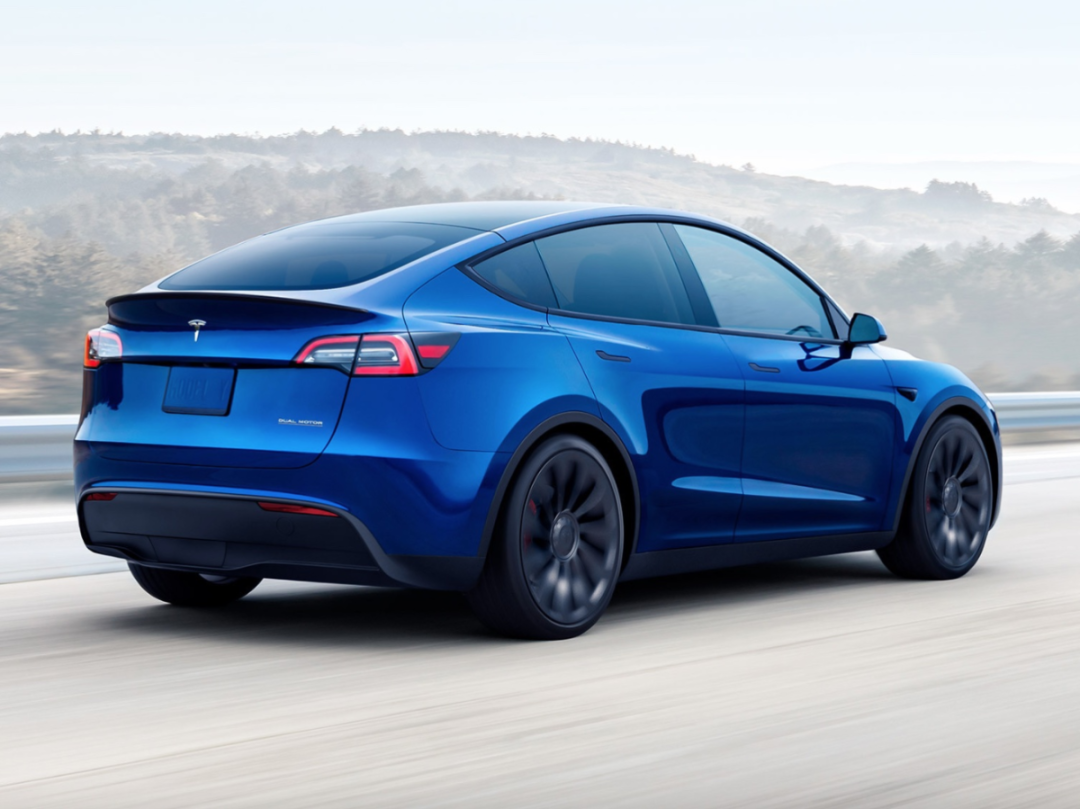
It is well known that the Model 3 heating system only uses waste heat from the motor to heat the battery itself, while the Model Y uses a more complex heat pump system to help regulate temperatures without using high voltage batteries. Tesla’s patented Model Y heating system hints at “12 heating modes and 3 cooling modes available. The system even uses the thermal mass of the battery to store heat. Then, when consuming the heat stored in the battery pack, the battery can be used as a heat source.”

If this thermodynamic detail sounds interesting to you, we recommend reading more about how the Model Y is changing the game for EV heating. Remember, you can truly take advantage of the Model Y’s heating efficiency by pre-heating the car and conservatively using the cabin heater.
Tesla Model S
The Tesla Model S was Tesla’s first consumer offering, released in 2012 after the Roadster had made Tesla a household name. While they are generally thought of as higher-end models as opposed to the more affordably-priced Model 3 and Y, the S initially did not come with the complex winter climate engineering discussed above. However, starting from last winter, all new models come equipped with a heat pump air conditioning system.

Note that in our verified winter range data, we include older models that were not equipped with heat pumps, which may reduce overall winter range.
 ## Tesla Model X
## Tesla Model X
Model X is an SUV built on the Model S platform, which has been on sale since 2016. Both Model X and Model S offer an optional winter weather package, which includes the following optional features:
- Heated rear seats
- Heated steering wheel
- Heated washer nozzles
- Heated windshield wiper defrosters
- Heated side mirrors
- Heated cameras
All of these features help reduce the reliance on energy-intensive cabin heating and necessary car parts for defrosting. Of course, setting the departure time of the vehicle and pre-conditioning the car and battery is also easy. Additionally, the subsequent Model X models are equipped with a heat pump.
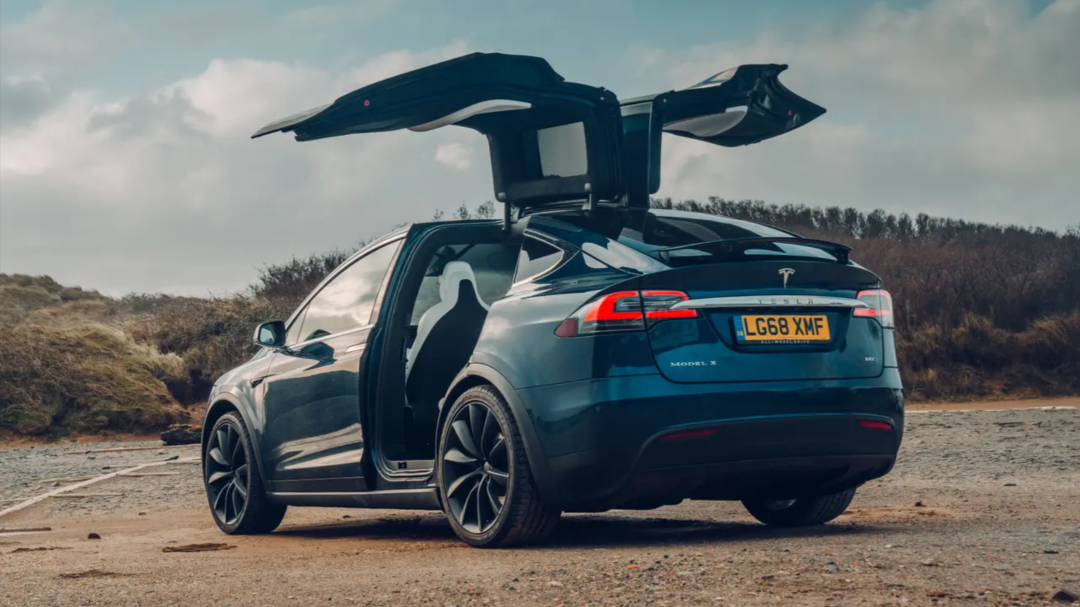
In the mileage change curve below, the bumps in the data on the left side of the chart indicate anomalies. The 75D version of the Model X has a greater range attenuation below zero degrees Celsius.

Volkswagen e-Golf
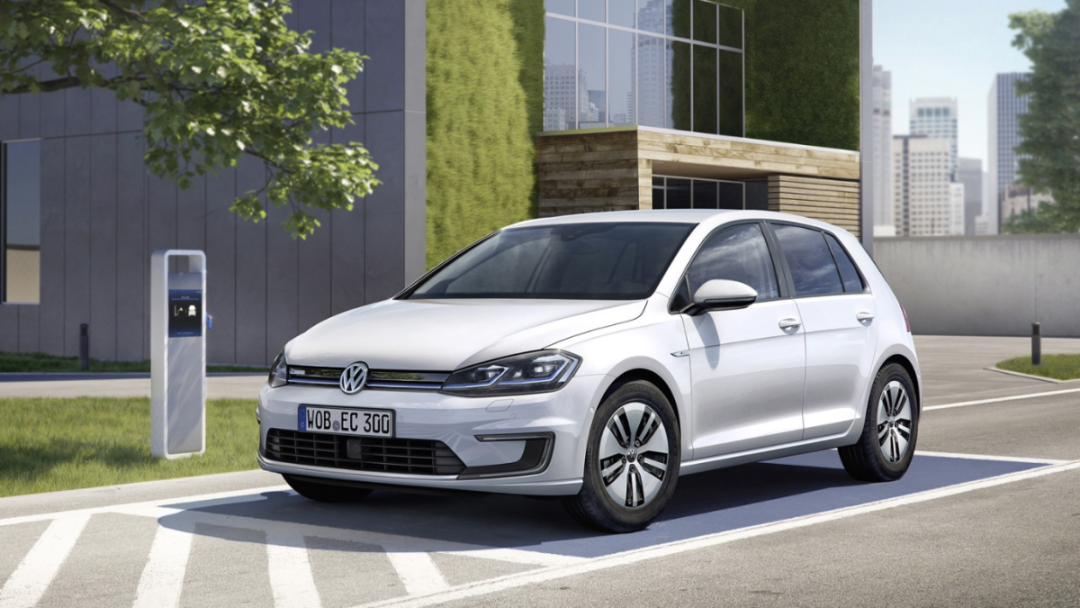
The e-Golf is an electrified version of the beloved Golf favored by North American users. Volkswagen owners report that the e-Golf has good traction and handling in icy and snowy conditions, but those who only rely on resistive heating will complain about a significant drop in winter mileage. Volkswagen also recommends that owners use the optional heated seats and remotely pre-condition the cabin by setting the departure time. In the Canadian market, the e-Golf offers a winter weather package, including heated side mirrors and windshields.
 In the US market, heat pumps are available as part of some premium options, and it is recommended for owners in northern regions to install them. Volkswagen warns against leaving the electric golf parked for too long below -13F (-25 °C) to avoid the battery freezing. Due to the relatively small battery capacity (24-35 kWh), Volkswagen also recommends preconditioning the vehicle before temperatures drop, such as remote heating, etc.
In the US market, heat pumps are available as part of some premium options, and it is recommended for owners in northern regions to install them. Volkswagen warns against leaving the electric golf parked for too long below -13F (-25 °C) to avoid the battery freezing. Due to the relatively small battery capacity (24-35 kWh), Volkswagen also recommends preconditioning the vehicle before temperatures drop, such as remote heating, etc.
Volkswagen ID.4

The Volkswagen ID.4 is also a new favorite in the North American electric vehicle market. It comes with options for all-wheel drive, heated steering wheel, heated front seats, and remote control. With the all-wheel-drive configuration, the vehicle also has a heated windshield. However, the heating in both configurations is resistive rather than using a heat pump and therefore, it does consume more electricity.

Winter Driving Tips (North American Edition)

-
Most electric vehicles with connected service applications offer remote control, allowing users to preheat the battery and cabin before they get in the car.
-
Allow for longer charging time. To protect the high-voltage battery, many vehicles restrict the charging voltage when the battery is cold. The thermal management system usually releases the voltage limit when the battery temperature is safe at a full charge.
-
Preheat the battery before charging. If the vehicle has a battery pre-conditioning function (usually part of the “winter weather” package), put the battery at room temperature before charging. Alternatively, charge immediately after driving to ensure the battery reaches an appropriate temperature.
-
Use seat heating, not just air conditioning. Because these features use less power and provide warmth, they ensure people feel comfortable, rather than just warming the air.- During winter driving, it is advisable to disable the regenerative braking system as roads may be icy or cold, in which case directly applying the brakes is safer. Moreover, the regenerative system is also limited by the battery management system under low temperature, as the charging efficiency of the battery is significantly reduced.
-
If you own a Tesla, it is recommended to plug in the vehicle upon arrival at home, so that the car can draw power from the charging station to maintain temperature, instead of relying solely on the battery.
-END-
This article is a translation by ChatGPT of a Chinese report from 42HOW. If you have any questions about it, please email bd@42how.com.
